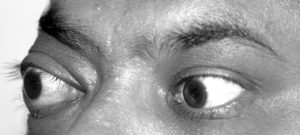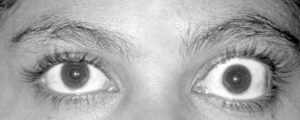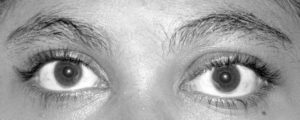Treatment is the only way to protect the eyes from damage. Luckily, there are many options.
In the early stages, patients may have to:
- Apply eye drops – to keep the eyes moist
- Take a prescribed set of steroid tablets or injections – to control the disease
- Close the eyelids temporarily – to protect the eyes if the eyelids are too swollen to close on their own
If too much fat builds up, the eyes are pushed forward. This stretches the optic nerve and raises the risk of vision loss. After a while, you may also have a hard time moving your eyes. At this stage, surgery is recommended.
- Eye muscle surgery: If you have had the disease for a long time, you may have a hard time moving your eyes. Eye muscle surgery will help your eyes work normally. It will also get rid of any squint.
- Eye socket surgery: Severe eye protrusion is a threat to vision. Surgery is performed on the bones of the eye socket. This makes space for the eye, so it can be pushed back into the socket.
Treatment Risks:
Steroids may cause gastric irritation (like stomach pain), weight gain, and a puffy face. They can also interfere with blood sugar levels. For this reason, steroids are prescribed in as low a dose as possible. Only a few patients have side effects to the small doses. In these cases, surgery is advised.
In rare cases, surgery can have side effects. These include bleeding, infection, lower eye movement, and vision loss. However, this is very rare. For most patients, surgery is very safe and helps prevent permanent eye damage.



